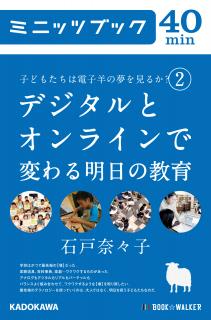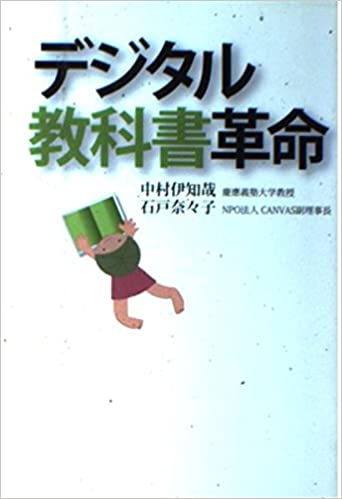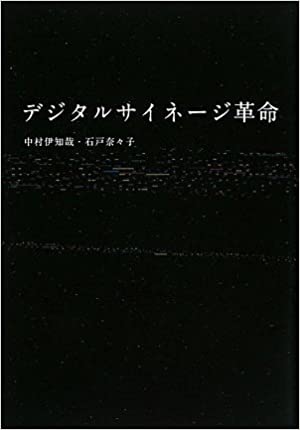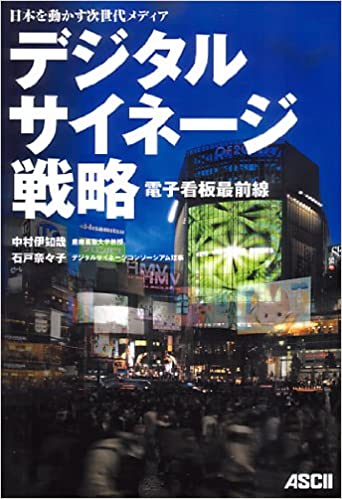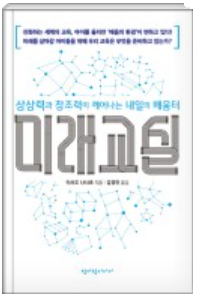English
- 2014.01.11
- 【EN】Unryuzu
Unryuzu
The powerful depiction of the big, bulging eyes, sharp claws, and dynamic waves is impressive, but there is something affectionate and comical about the painting with the drooping eyebrows, bent mouth, and large nose. Yes, this is the “Unryuzu” (literally meaning “painting of the dragon in the clouds”), commonly referred to as the masterpiece of the 18th-century painter, Shohaku Soga.
This art piece, spanning a width of ten meters, was displayed in March 2012 at the Tokyo National Museum during the special exhibition, “Japanese Masterpieces from the Museum of Fine Arts, Boston”, to commemorate the Tokyo museum’s 140th anniversary. This was the first time the piece was shown in Japan after going through five years of repair.
With over 100,000 pieces, the Museum of Fine Arts in Boston has the largest collection of Japanese art in the world and is known as the “Hall of Fame of Asian Art” located on the East Coast of the United States. Spending more than 100 years since the inception, people like Ernest Fenollosa and Tenshin Okakura built the collection into what has grown to become the world’s No.1 both in terms of quality and quantity. When some 90 pieces from this collection—potential national treasures—made their temporary trip to the homeland for the special exhibition, many people visited the museum to take a glance at them. In particular, the item that received attention as the centerpiece of the exhibition was the Unryuzu.
”Isn’t there a way to make this rather affectionate Unryuzu more familiar to us through the power of digital technology?” This is the motive behind the creation of the smartphone app, “My Unryuzu”.
This app, which was made as part of the “Picture Book Project of the Future” together with Dai Nippon Printing, allows users to view the Unryuzu and also create their own versions of it. In the “View Unryuzu” mode, a user can view the Unryuzu freely by swiping the screen as well as using the pinch-in and pinch-out movements. The user can also save the image in a preferred position and set it as the phone’s wallpaper.
By selecting the “Make Your Own Unryuzu” mode, the user can arrange the dragon’s face by adjusting its eyes, eyebrows, and fangs according to the sizes and angles of their liking, as if they were playing Fukuwarai (a traditional Japanese game that is similar to “Pin the tail on the donkey”). And by drawing in the dragon’s iris as the “finishing touch”, their own original Unryuzu is completed!
When we invited submissions of original Unryuzu images when the app was released, we received a wide variety of art pieces, ranging from a troubled Unryuzu with drooping eyebrows to a humorous Unryuzu with eyes of different sizes. It was great to see what one may call a success in utilizing the power of digital technology to spread a rather cartoonlike impression of Unryuzu, with popular appeal, to a wide audience.
The Museum of Fine Arts in Boston (MFA), where Unryuzu is housed, is known not only for large collections but also for the active outreach programs. It actively seeks to offer opportunities for the community to come into touch with art through various experiences in addition to viewing art pieces at exhibitions, such as by offering courses held by experts and artists or holding participatory programs targeting specific age groups or workshops for children and families.
In many Western countries, there are many museums besides MFA that consider outreach one of their key activities. At these museums, children are indeed commonly seen sketching art pieces as part of their art class; on weekends, truly rich selections of workshops are offered, and it is surprising how many educational art texts are sold at the museum stores.
Japan has been criticized on numerous occasions for the lack of outreach activities. The Ministry of Education, Culture, Sports, Science and Technology has named educational outreach as one of the roles that museums should be fulfill in addition to the collection, preservation, and exhibition of items, investigation, and research, but implementation is difficult in reality.
The responses to a survey by Tanseisha reveal the complexity of the reasons behind the difficulty: “The museums that have set out the philosophy, basic policy, goals, etc. of outreach activities are a minority; there are only a few museums that have departments dedicated to outreach activities; many staff members in charge of outreach activities have joint appointments for duties other than outreach; employment of staff in charge of outreach activities is extremely limited in terms of both opportunities and number of employees; there are many museums with decreasing budgets related to education and outreach activities.”
Some of the large museums in Western countries have a dedicated group of more than 50 staff in the education department, but in most cases in Japan, a curator holds a joint appointment in outreach, and there are only a few museums in large cities that have dedicated personnel with teaching capabilities.
Part of the reason that museums in the United States are actively pursuing these activities is that artistic activities are recognized as non-profit activities as a national policy and are therefore entitled to tax exemptions. Because museums qualify as non-profit organizations, they are exempt from corporate tax and real estate tax, and activities for the purpose of establishment and earnings from related activities are not taxed either. Furthermore, art-related items sold at museum stores are not subject to sales tax. There are many museums around the United States besides MFA that consider educational outreach one of their key activities.
Given the lack of preferential tax treatment, the reliance on government funds is inevitable in Japan, but the small scale of government budgets for culture is also a real problem. The proportion of the Japanese government budget set aside for cultural purposes is about one tenth of that in France or the Republic of Korea. The private sector therefore has no choice but to stand up and energize cultural activities with its own means.
Is there a way to vitalize outreach in Japanese museums as well? Is there a way to redesign museums as a place of learning that is open to the community and not just a storage place for art pieces? As a starting point, let us bring art pieces out from the museum with the power of digital technology and use them as educational material.
“My Unryuzu” is part of such an endeavor.



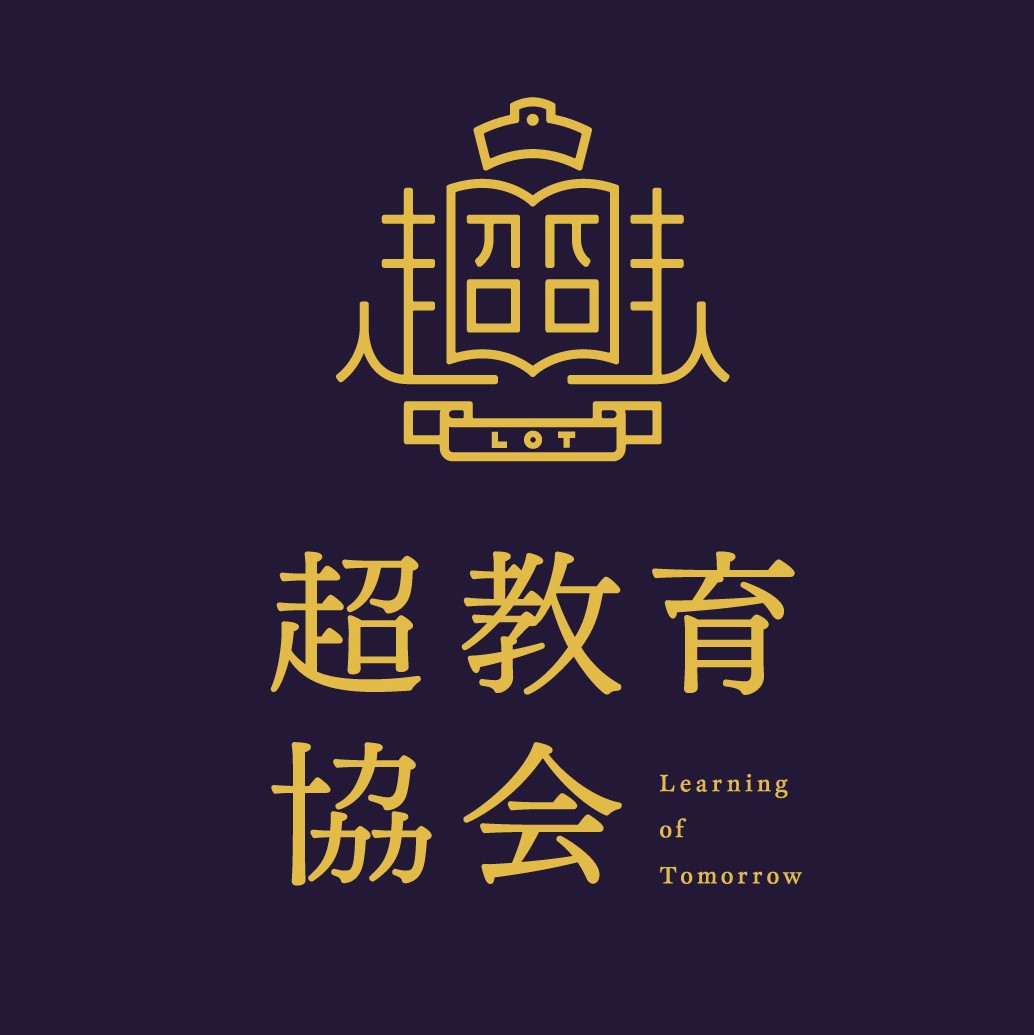


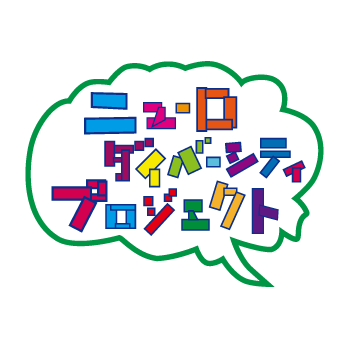
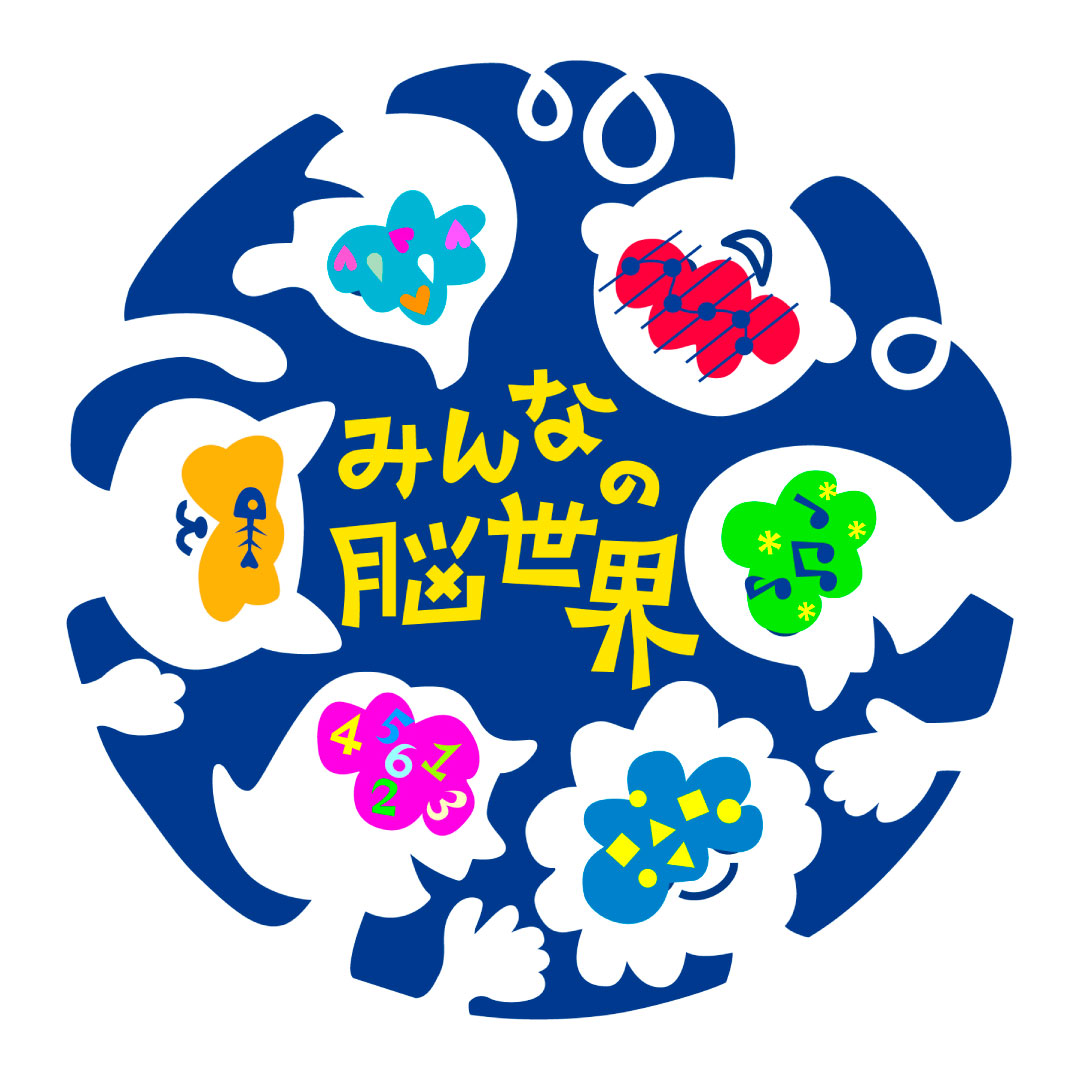
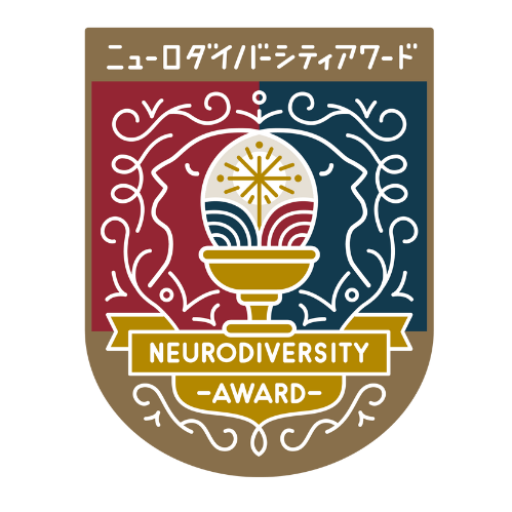
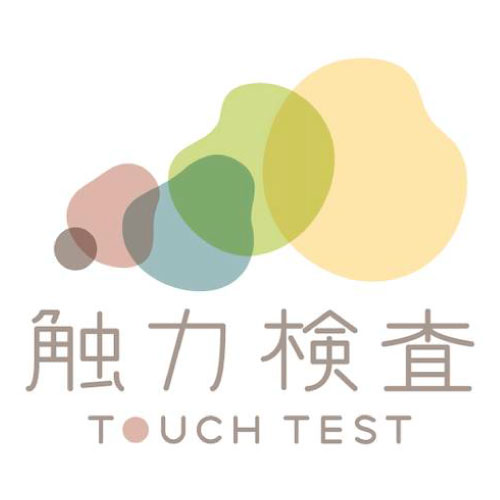

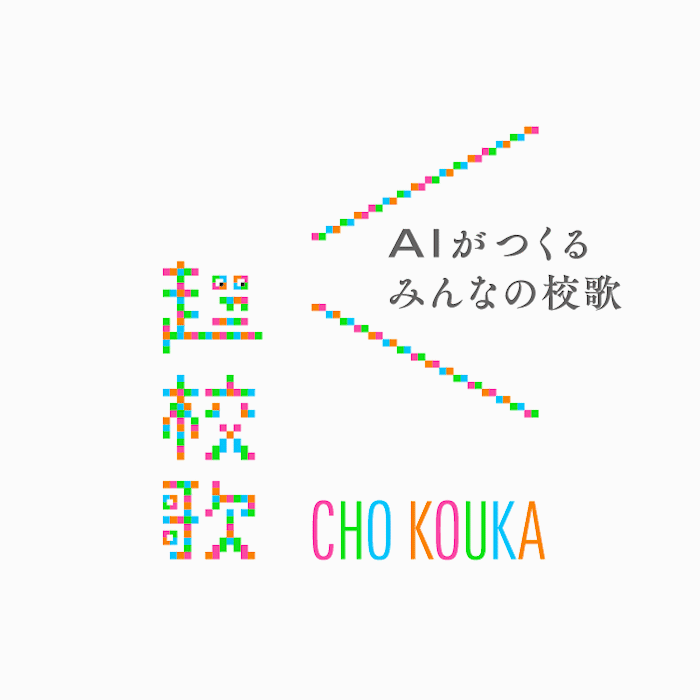
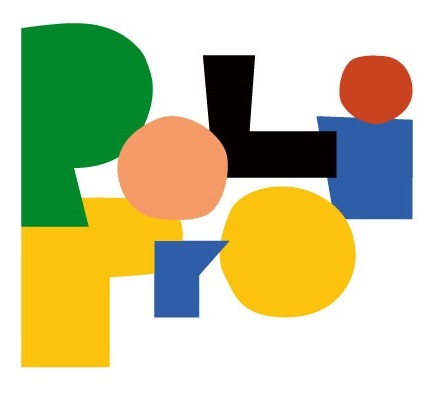

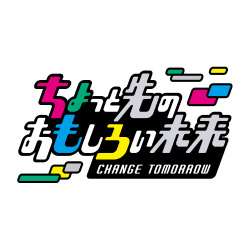
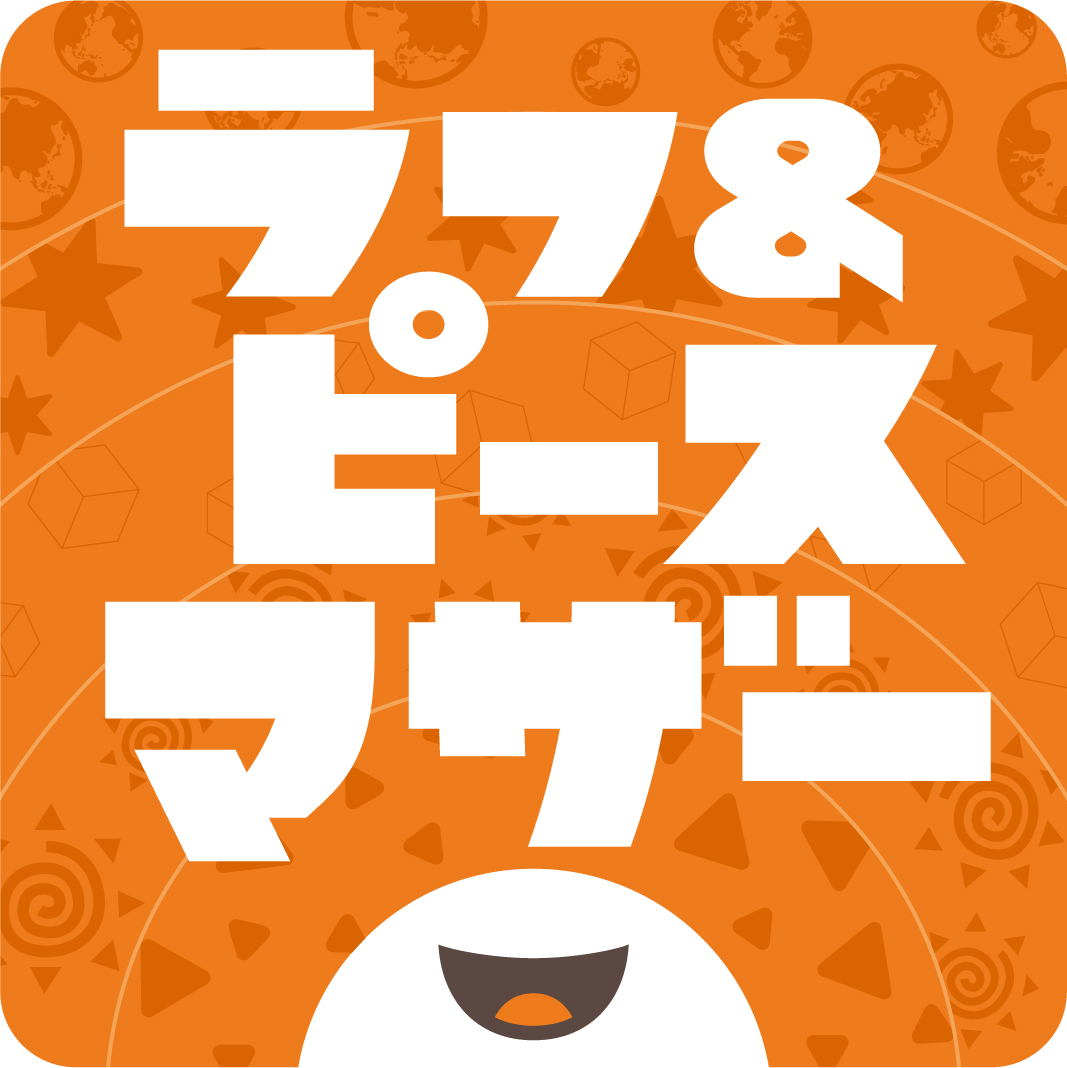
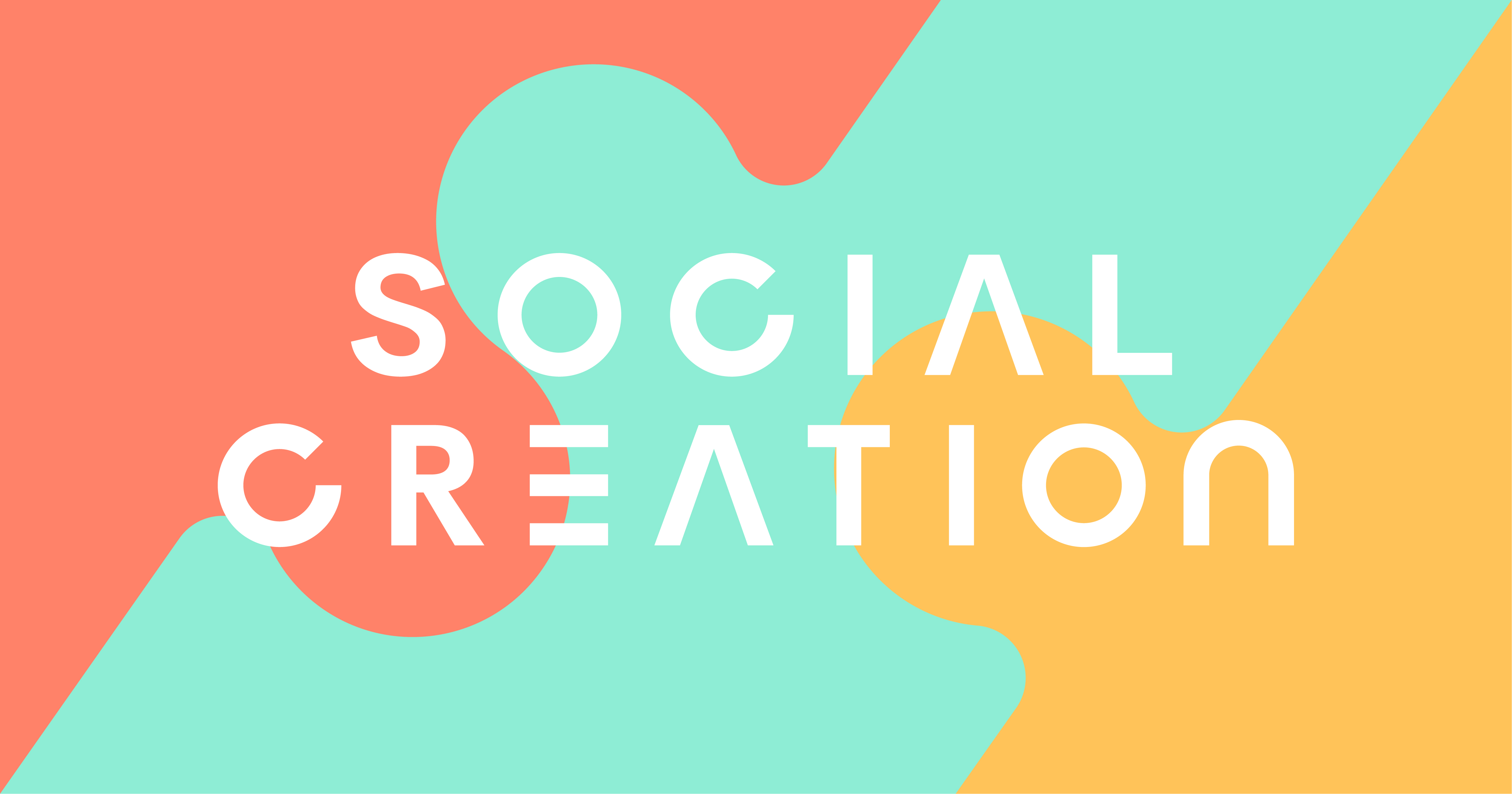



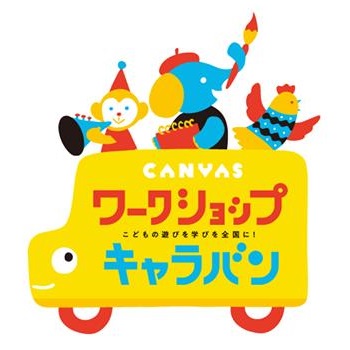
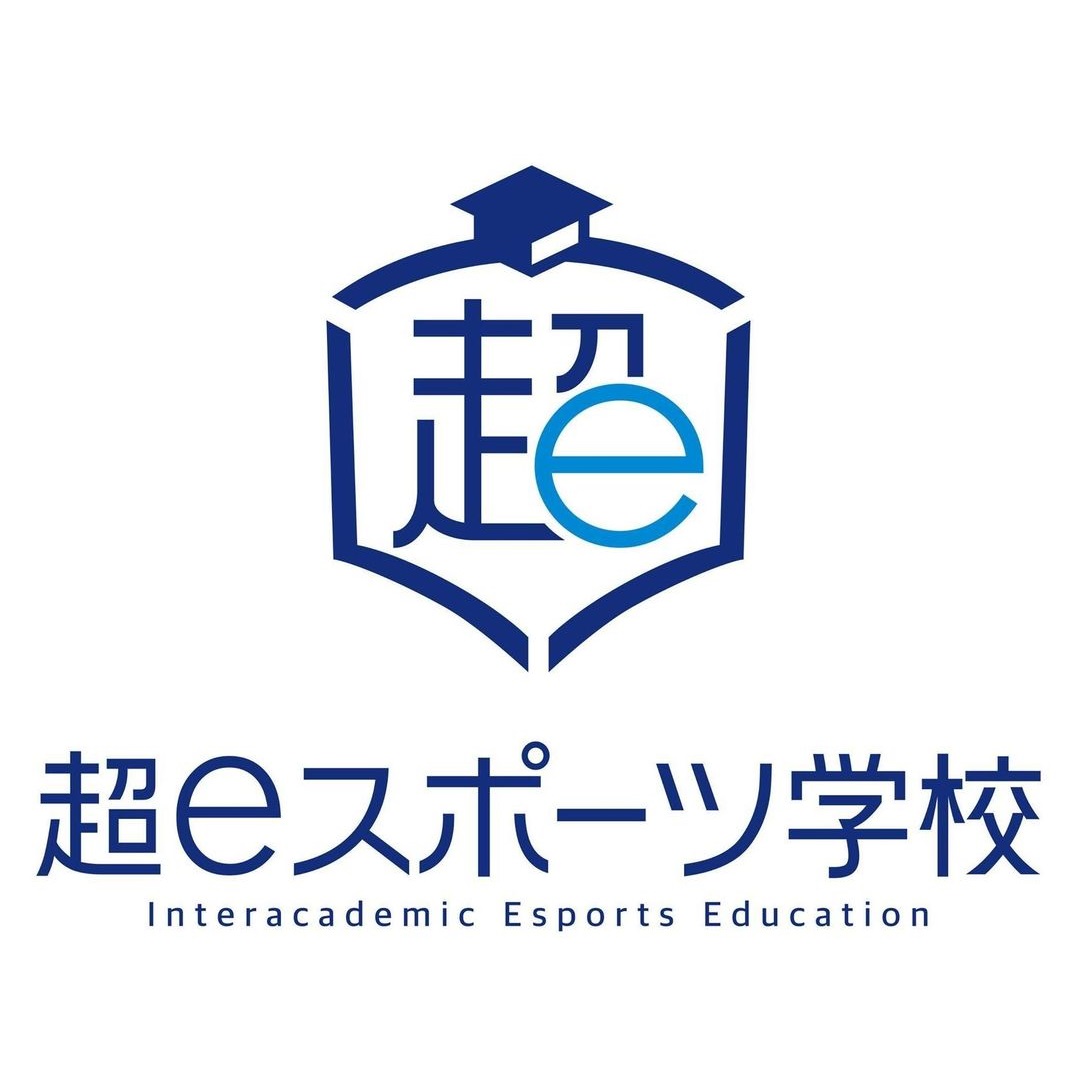
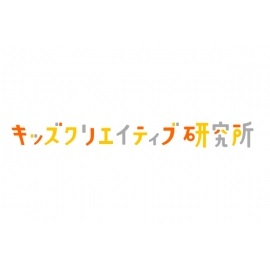

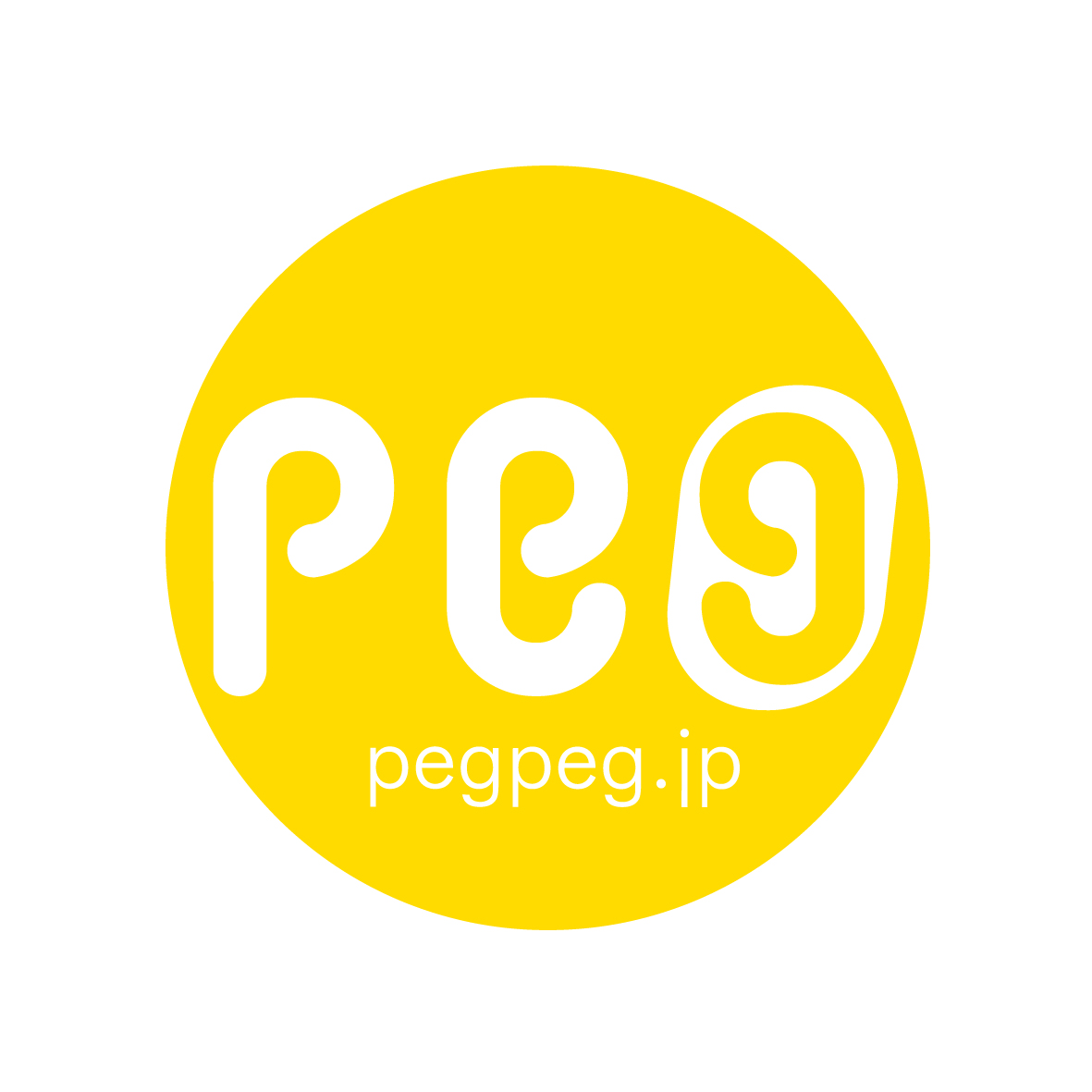
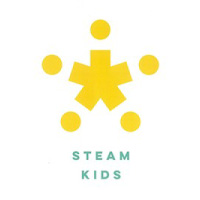

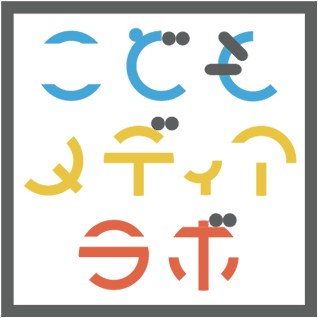
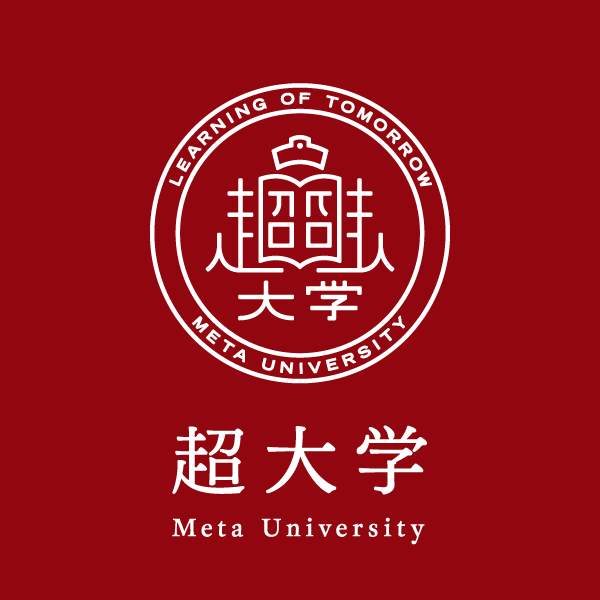

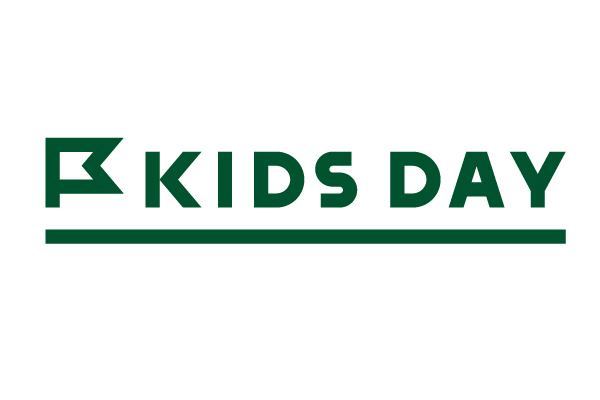



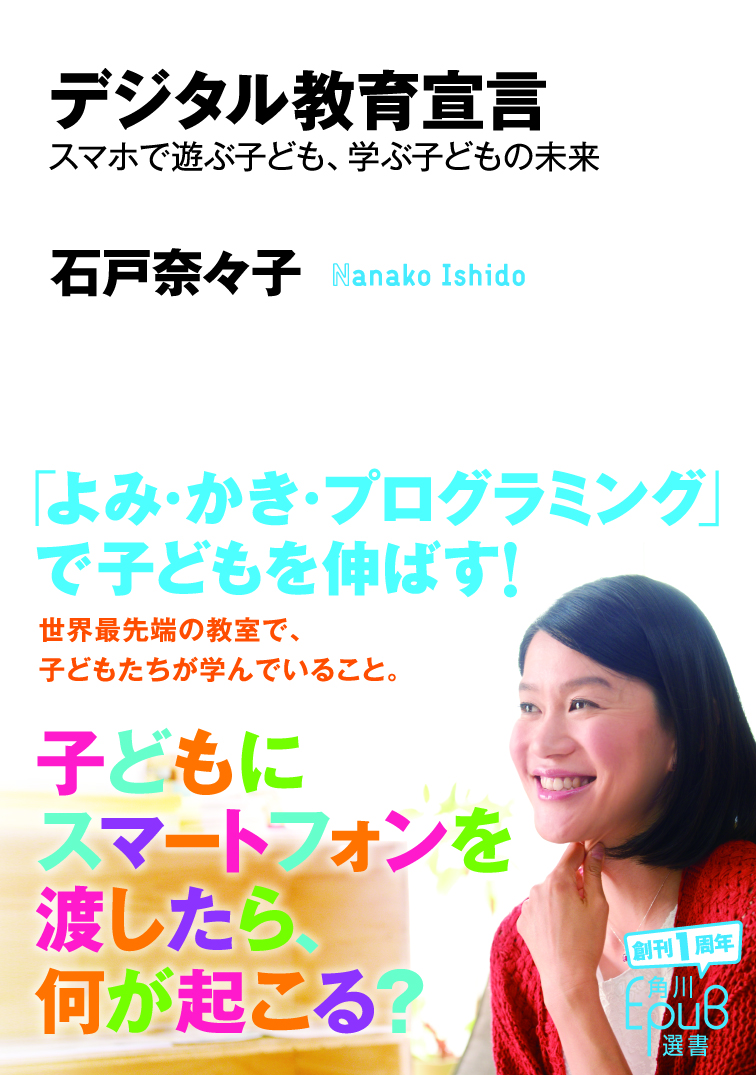
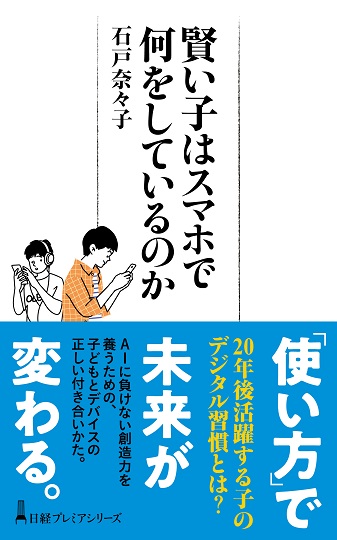
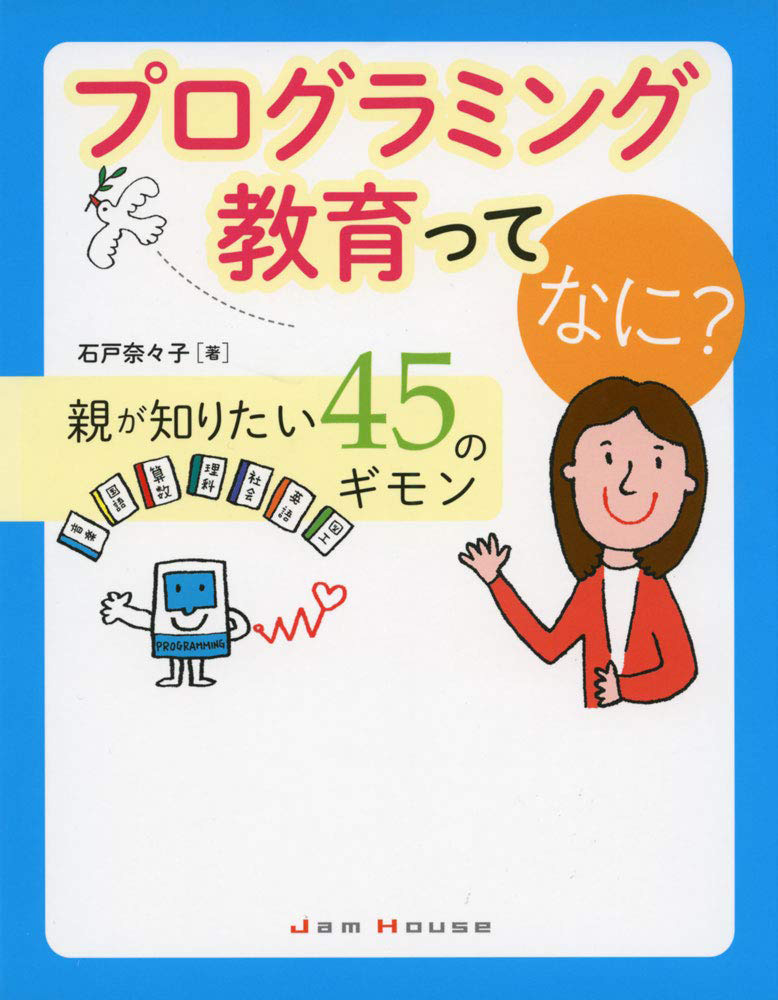


4052047885.jpg )
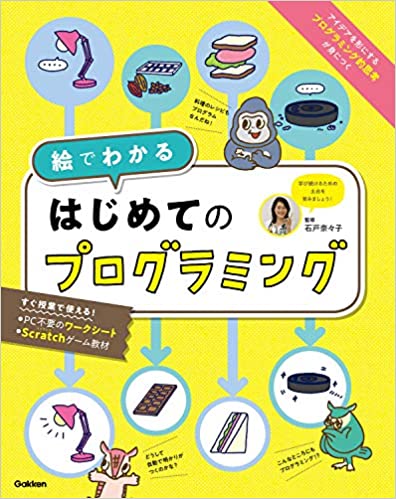
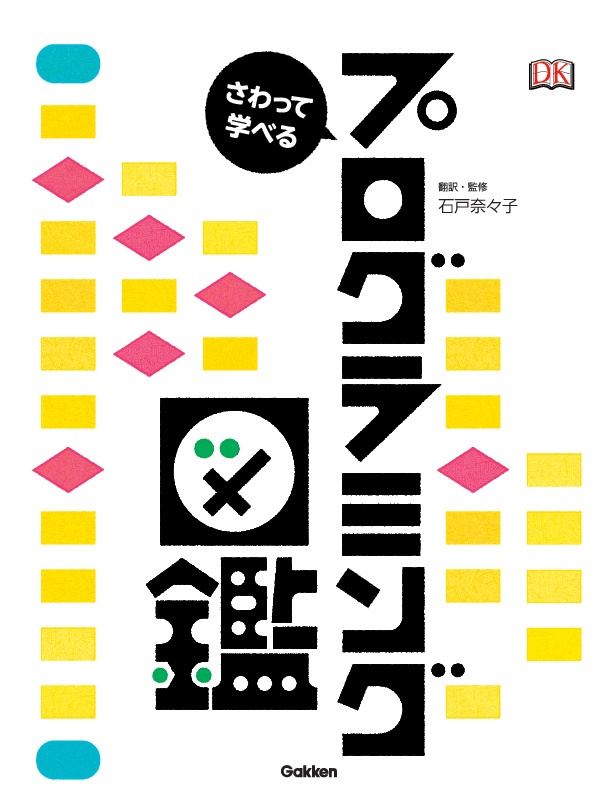
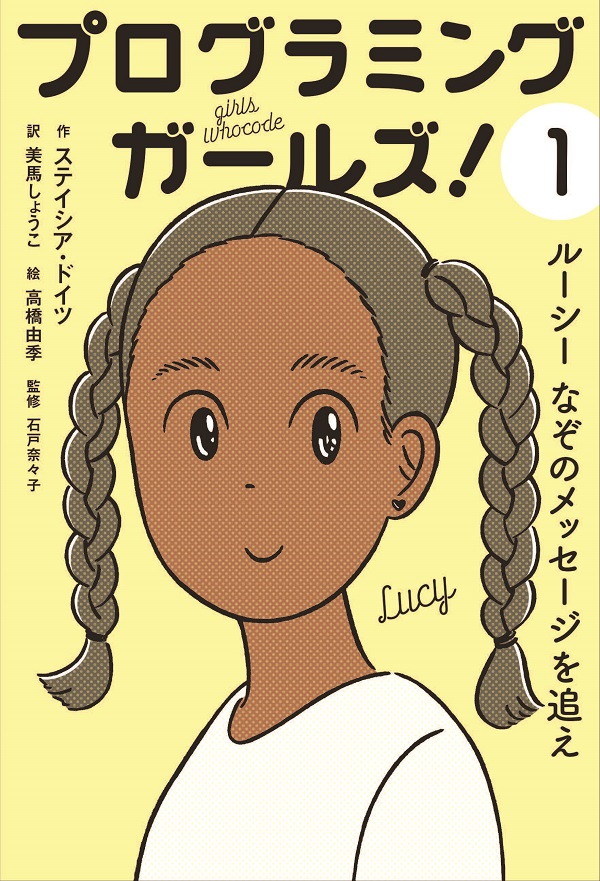

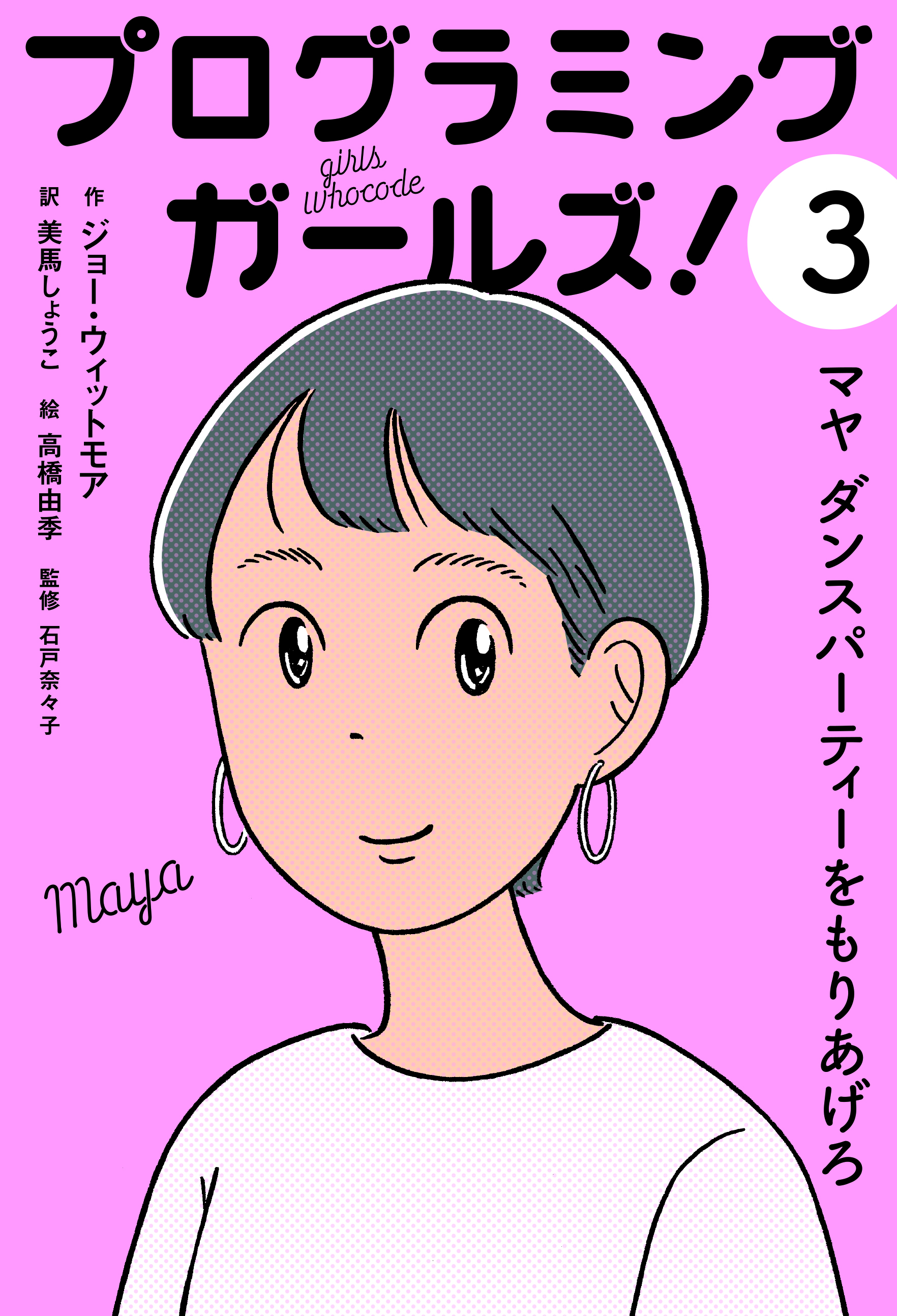


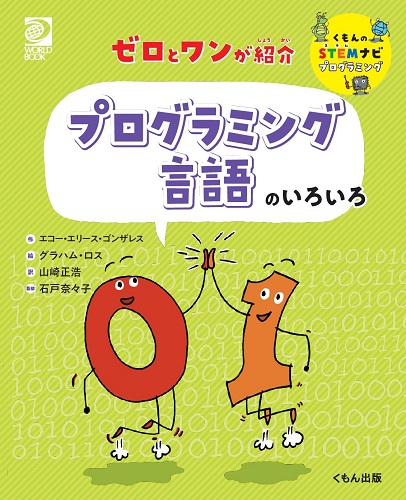
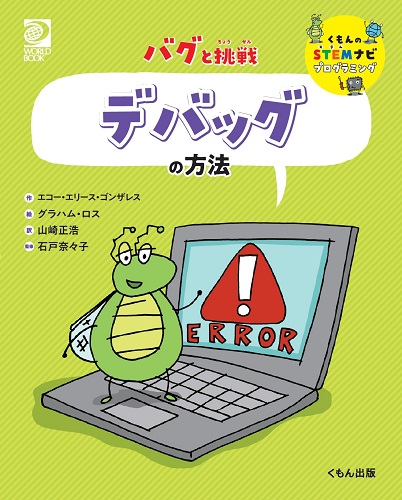
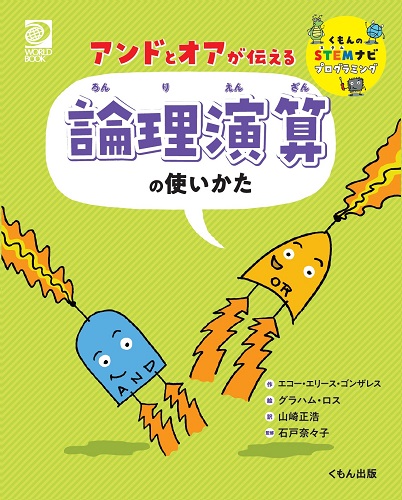
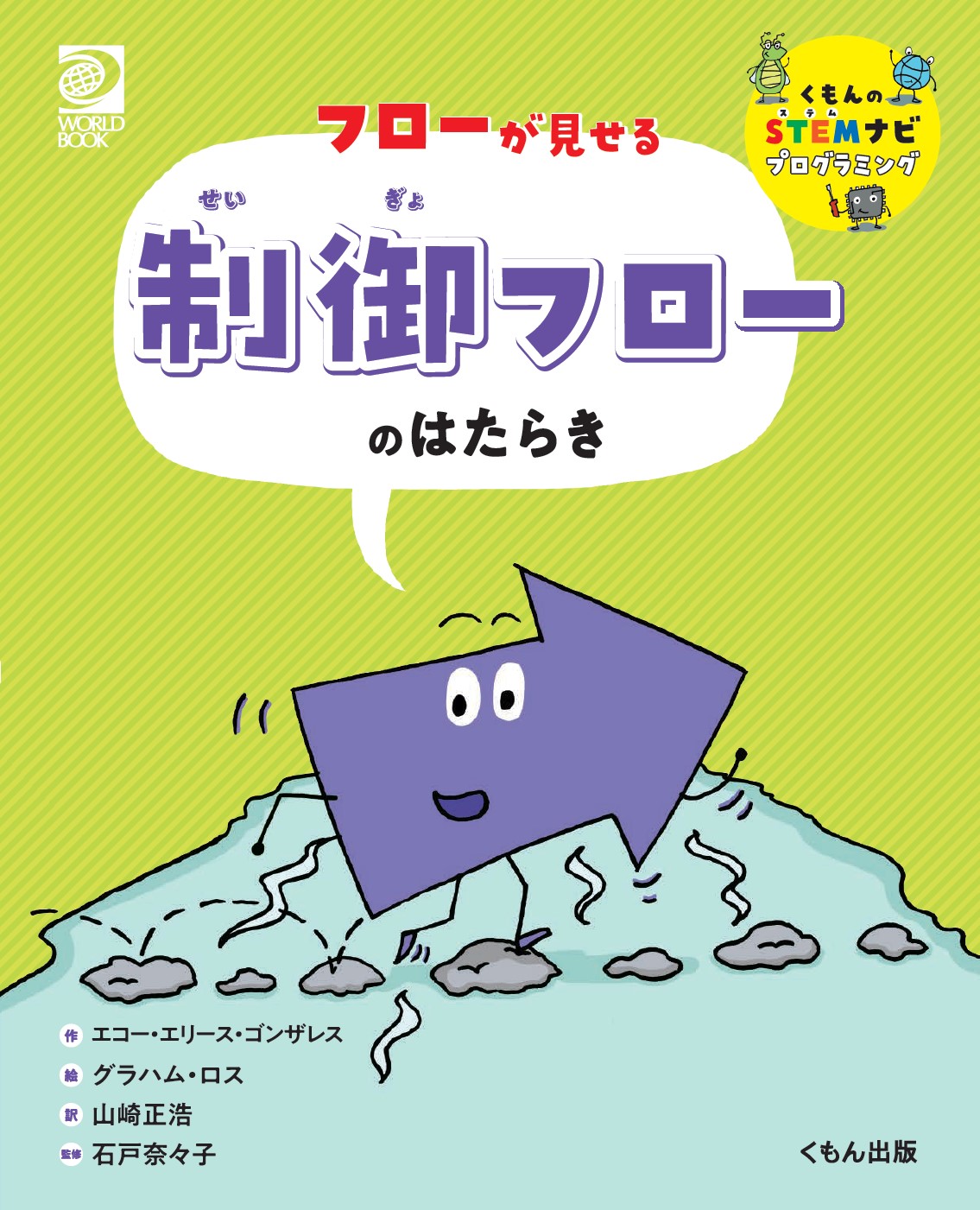

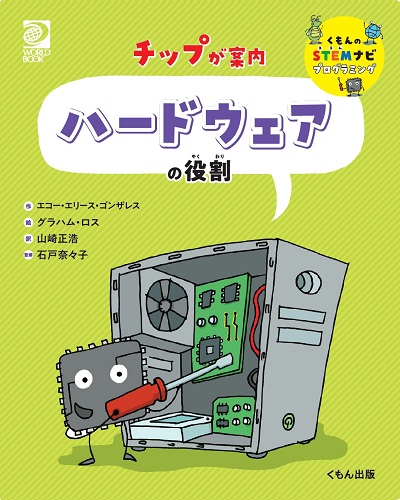
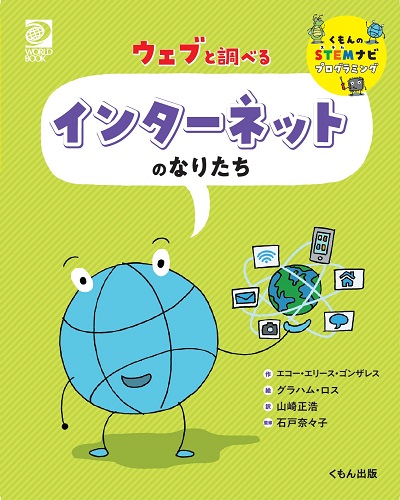
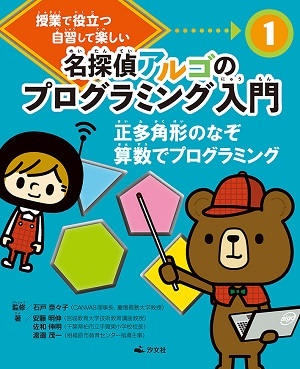
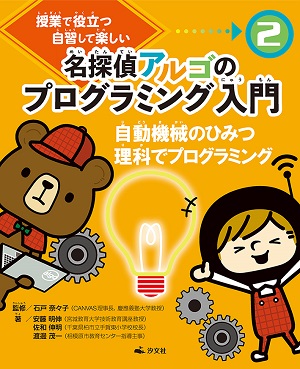
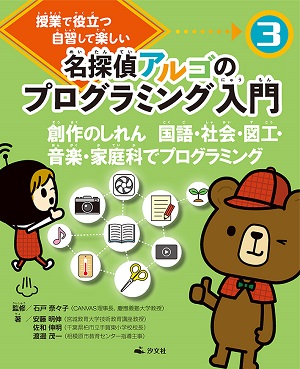
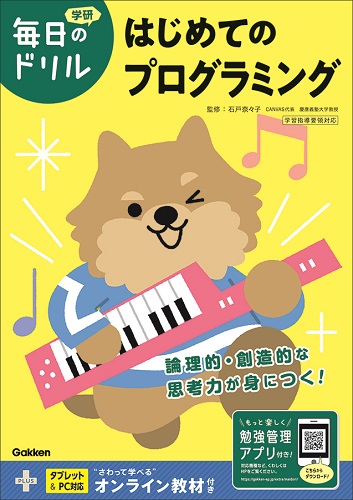
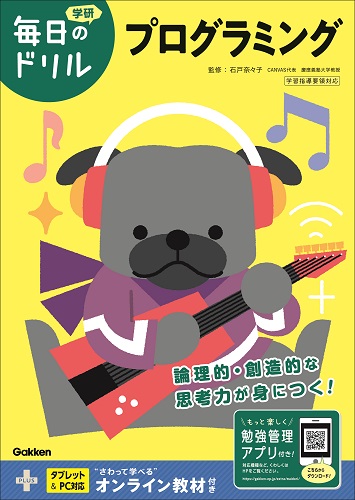
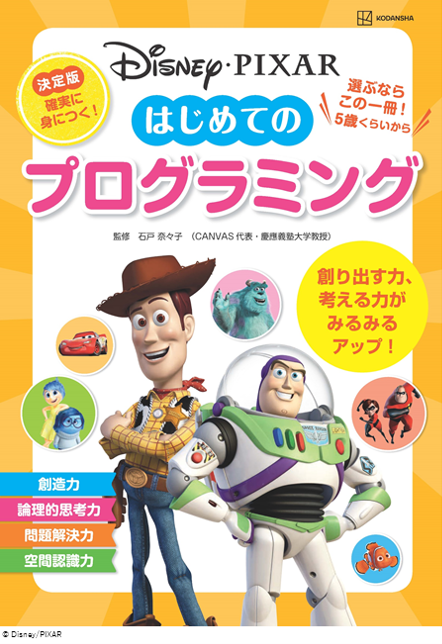
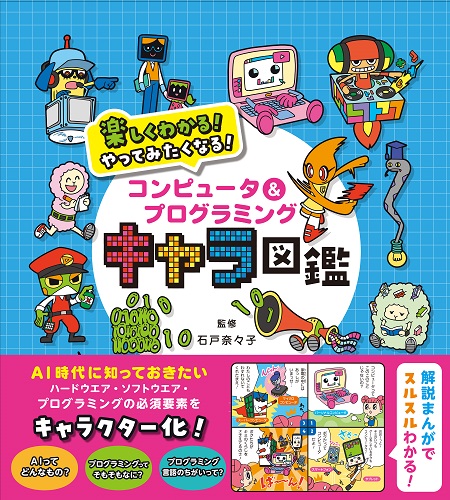
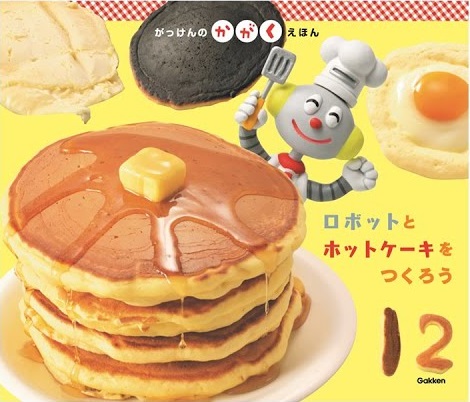
1.jpg)


